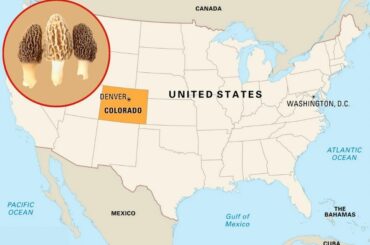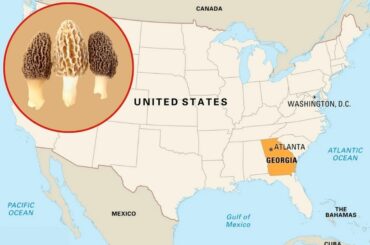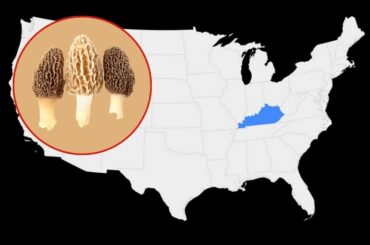Mushrooms are a popular ingredient in many dishes worldwide, known for their unique flavor and texture. They are a low-calorie food and contain high levels of vitamins and minerals, making them a healthy addition to any diet. However, mushrooms are also highly perishable and prone to mold growth, which can cause serious health risks if not stored and prepared correctly.
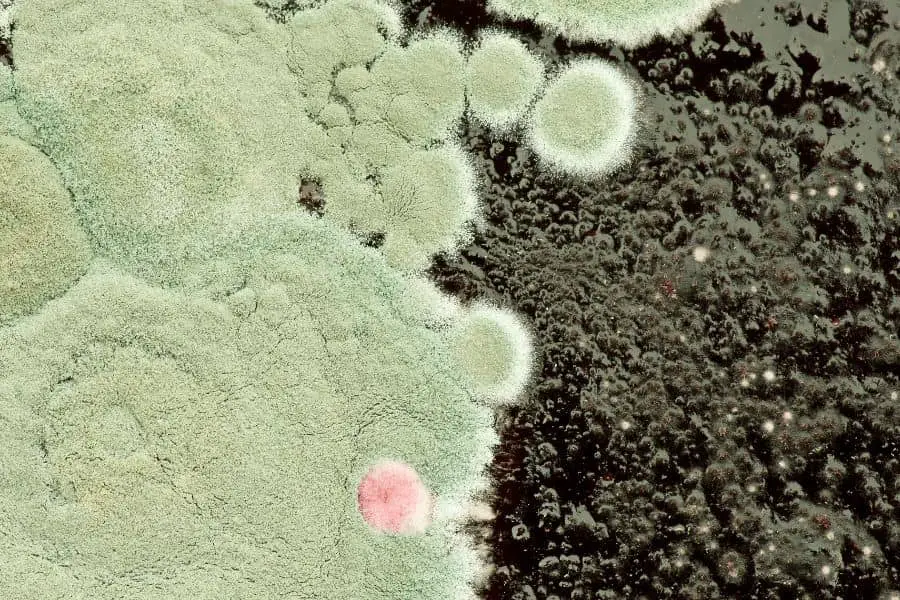
Key takeaways Store mushrooms properly: Keep mushrooms dry and cool, and avoid storing them in sealed plastic bags. Handle mushrooms with care: Avoid damaging mushrooms when harvesting, and handle them gently when cleaning and preparing. Increase airflow: Proper ventilation is key to preventing mold growth on mushrooms. Make sure that there is adequate airflow in storage areas. Maintain good hygiene: Keep preparation areas clean and free of contaminants, practice proper hand-washing and food handling techniques, and disinfect surfaces and equipment regularly.
Importance of preventing mold growth on mushrooms:
Contents
Mold growth on mushrooms not only ruins their taste and texture but also poses serious health risks to consumers. Mold is a type of fungus that produces spores that can cause allergic reactions and respiratory problems. Eating moldy mushrooms can lead to food poisoning, including symptoms like nausea, vomiting, and diarrhea.
Moreover, some molds can produce mycotoxins, which are toxic compounds that can cause more severe health issues like liver damage, kidney failure, and cancer. Some of the common molds found on mushrooms include Aspergillus, Penicillium, and Cladosporium, which can produce mycotoxins that are harmful to human health.
How to store mushrooms to prevent mold growth
Mushrooms are a delicate and perishable food, and they can quickly develop mold if they are not stored properly. Mold growth on mushrooms not only ruins their taste and texture but also poses serious health risks to consumers. Therefore, it’s crucial to store mushrooms correctly to prevent mold growth and ensure their freshness and safety.
Here are some tips on how to store mushrooms to prevent mold growth:
Choose the right packaging:
The ideal container for storing mushrooms is a paper bag. Plastic bags trap moisture, which can promote mold growth. If you don’t have a paper bag, wrap the mushrooms in a damp paper towel and place them in a container with a lid.
Refrigerate the mushrooms:
Mushrooms should be stored in the refrigerator to keep them fresh. Keep them in the coldest part of the fridge, which is usually the back or bottom shelf. Avoid storing mushrooms near the door or on the top shelf, as the temperature fluctuates too much in these areas.
Use a clean container:
Before storing mushrooms, make sure the container is clean and dry. Any residue or moisture in the container can promote mold growth.
Don’t wash mushrooms before storing:
Avoid washing mushrooms before storing them, as excess moisture can promote mold growth. Instead, clean them just before use with a soft brush or a damp paper towel.
Use mushrooms quickly:
Mushrooms are highly perishable and should be consumed within a few days of purchase. Check them regularly and discard any that have started to rot or develop mold.
Freeze mushrooms:
If you don’t plan to use mushrooms within a few days, you can freeze them to extend their shelf life. Slice or chop the mushrooms and spread them in a single layer on a baking sheet. Freeze them for a few hours, then transfer them to an airtight container or freezer bag. Mushrooms can be stored in the freezer for up to three months.
By following these tips, you can prevent mold growth on mushrooms and ensure their freshness and safety. Proper storage is an essential step in enjoying delicious and healthy mushrooms.
How to Prevent Mold Growth on Mushrooms in Your Garden
Mushrooms are a great addition to any garden, providing a healthy and delicious ingredient for a range of dishes. However, growing mushrooms in your garden requires some extra care and attention, as they are highly susceptible to mold growth. Here are some tips on how to prevent mold growth on mushrooms in your garden.
Common garden fungi that can affect mushrooms: Mushrooms are vulnerable to various fungi that can grow in your garden soil. Some of the most common garden fungi that can affect mushrooms include:
- Trichoderma: This fungus can cause green mold growth on the mushrooms, affecting their texture and flavor.
- Verticillium: This fungus causes a white, cotton-like growth on the mushrooms, leading to their decay.
- Rhizopus: This fungus can cause black mold growth on the mushrooms, causing them to become soft and slimy.
Soil preparation and maintenance: Proper soil preparation and maintenance are crucial to preventing mold growth on mushrooms. Here are some tips to follow:
- Choose a well-draining soil that is rich in organic matter.
- Keep the soil moist, but not too wet, to prevent the growth of mold.
- Avoid overcrowding the mushroom beds, as this can lead to poor air circulation and increased humidity, which can cause mold growth.
- Remove any weeds or debris from the mushroom bed, as these can harbor mold spores.
Harvesting and storing techniques: Harvesting and storing techniques are essential to prevent mold growth on mushrooms. Here are some tips to follow:
- Harvest the mushrooms as soon as they are ready, to prevent over-ripening and mold growth.
- Store the harvested mushrooms in a cool, dry place, away from direct sunlight, to prevent moisture buildup and mold growth.
- Avoid storing the mushrooms in plastic bags, as this can trap moisture and promote mold growth.
- Use a breathable storage container, such as a paper bag or a mesh bag, to allow for proper air circulation and prevent mold growth.
The Role of Airflow in Preventing Mold Growth on Mushrooms
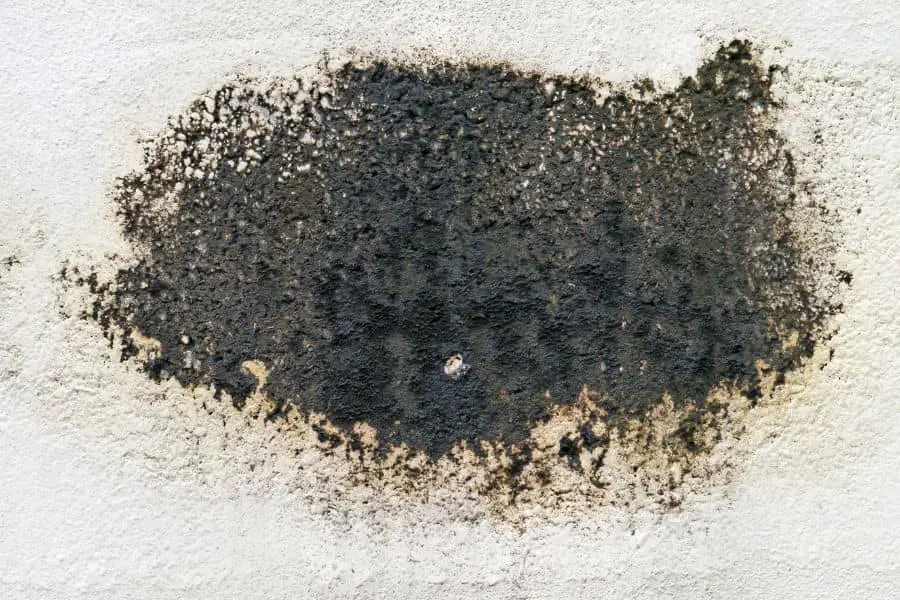
How to improve airflow to prevent mold growth
Airflow plays a crucial role in preventing mold growth on mushrooms, as mold thrives in moist and stagnant environments. Proper ventilation helps to reduce humidity and promote air circulation, creating an environment that is less conducive to mold growth. Here are some tips on how to improve airflow to prevent mold growth on mushrooms.
Techniques for increasing ventilation in storage areas: Proper storage is essential to prevent mold growth on mushrooms, and good ventilation is a key component of this. Here are some techniques for increasing ventilation in storage areas:
- Use fans: Installing fans in your storage area can help to circulate air and reduce humidity. Make sure to position the fans to create a cross breeze that will move air through the storage area.
- Open windows: If possible, open windows to allow fresh air to circulate through the storage area. This can help to reduce humidity and prevent mold growth.
- Use dehumidifiers: A dehumidifier can help to remove excess moisture from the air, reducing the risk of mold growth.
- Choose the right storage containers: Choose containers that allow for proper air circulation, such as mesh bags or cardboard boxes.
The benefits of proper ventilation: Proper ventilation not only helps to prevent mold growth on mushrooms, but it also has other benefits for mushroom growth and quality. Here are some benefits of proper ventilation:
- Increased yield: Good ventilation can help to promote healthy mushroom growth, resulting in a higher yield.
- Improved quality: Proper air circulation can help to prevent the development of mold and other fungi, resulting in higher quality mushrooms.
- Longer shelf life: Mushrooms stored in a well-ventilated area are less likely to spoil quickly, resulting in a longer shelf life.
The Importance of Proper Hygiene and Sanitation Practices
Maintaining proper hygiene and sanitation practices is essential to prevent the growth of mold and other harmful microorganisms on mushrooms. Here are some key practices to keep in mind when it comes to mushroom hygiene and sanitation.
Keeping mushroom preparation areas clean and free of contaminants: The first step to preventing mold growth on mushrooms is to keep preparation areas clean and free of contaminants. Here are some tips for doing so:
- Clean and sanitize all surfaces: Before preparing mushrooms, ensure that all surfaces, utensils, and equipment are clean and sanitized. Use a food-safe sanitizer to disinfect surfaces and utensils.
- Store mushrooms in a clean and dry area: Store mushrooms in a cool, dry, and clean area to prevent mold growth. Clean the storage area regularly to remove any dirt or debris.
- Remove any moldy mushrooms: If you spot any moldy mushrooms, remove them immediately to prevent the mold from spreading to other mushrooms.
Proper hand-washing and food handling techniques: Proper hand-washing and food handling techniques are critical to preventing the spread of harmful microorganisms, including mold. Here are some tips for proper hand-washing and food handling:
- Wash hands frequently: Wash hands thoroughly with soap and warm water for at least 20 seconds before and after handling mushrooms.
- Use gloves: Consider using gloves when handling mushrooms, especially if you have cuts or sores on your hands.
- Avoid cross-contamination: Keep raw mushrooms separate from cooked foods and wash hands and utensils thoroughly after handling raw mushrooms.
Disinfecting surfaces and equipment: Disinfecting surfaces and equipment is another critical step in preventing the growth of mold and other harmful microorganisms on mushrooms. Here are some tips for disinfecting surfaces and equipment:
- Use a food-safe sanitizer: Use a food-safe sanitizer to disinfect surfaces and equipment.
- Follow manufacturer’s instructions: Follow the manufacturer’s instructions for the sanitizer, including proper dilution and contact time.
- Rinse thoroughly: Rinse all surfaces and equipment thoroughly with clean water after sanitizing.
Conclusion
In conclusion, preventing mold growth on mushrooms requires proper storage, hygiene, and preparation techniques. By following the best practices outlined in this article, you can ensure that your mushrooms are safe and delicious to eat.
By following these best practices, you can enjoy safe and delicious mushrooms while avoiding the potential health risks associated with mold growth. Remember that while some mold on mushrooms may be harmless, it’s always best to err on the side of caution and discard any mushrooms that show signs of mold or spoilage.
Read Next: Effects of Eating Moldy Mushrooms: What You Need to Know

